The past few years, COVID-19 and social distancing have kept restaurant patrons at home, so consumers have spent a good chunk of change on off-premises orders by using delivery, carry-out, and drive-through services. In fact, the average American spent $67 per week on takeout during the pandemic, with millennials spending a little more at $70 a week.
The popularity of takeout and delivery — and continued caution regarding in-restaurant dining — means our penchant for ordering take-out meals is likely to continue increasing.
New food delivery businesses are cropping up everywhere to meet the demand and help restaurants keep their kitchens open. If you’re interested in getting in the game, here’s some advice on how to start a food delivery business from those who have done it.
Pro Tip
Eager to start your food delivery service? Get started with Jotform and create online order and delivery forms that seamlessly process payments.
How to start a food delivery business
- Find your niche
- Decide on your approach to food delivery
- Establish a budget
- Work out the logistics for staffing, equipment, and technology
- Market your service to your target audience
1. Find your niche
Food delivery businesses run the gamut, from farm-to-table to meal kits to straight-up restaurant delivery orders. The first order of business is to find your niche. What will be your unique approach?
Stephanie Scherzer, the cofounder of Farmhouse Delivery, started her business 11 years ago. She was a part-time farmer who saw the need to get quality food into people’s homes, an issue she’s trying to address through her business.
“I tried my hand at growing vegetables in Austin, took them to the farmer’s market, and realized [the sales process] was hard,” Scherzer says. She didn’t know anything about what she was doing when she first started but decided — with a partner — to just jump in.
On the other hand, Andy Wang, founder of food delivery business Spread, worked for Groupon building delivery and takeout products for restaurants prior to starting his company. He saw how difficult it was for restaurants to work with the popular food delivery services, which charged 20- to 30-percent commissions on every order.
“Restaurants should be willing to pay a good amount of money to win a customer,” Wang said. “but they shouldn’t have to keep paying for the second, third, fourth, fifth, and sixth orders.”
He also recognized the uphill battle most restaurants face when it comes to marketing. “Only a small percentage of restaurants have the marketing savvy to build their own websites and maintain email marketing lists the same way the larger chains do,” Wang said. “And things like Facebook ads don’t really work for hyper-local restaurants.”
Spread offers a different business model. It’s essentially a dedicated ad network for restaurants — something Wang thinks is missing in the current market. Restaurants can use this commission-free platform to target the best prospective customers and win repeat customers much more cost-effectively.
Consider your target market and their needs, and then think about how your food delivery business can address those needs. Do your ideal customers want to save time or money? Do they want to have a hand in making their meals? Or do they value home-grown products above all else?
Knowing what your ideal customers want will help you establish your niche.
2. Decide on your approach to food delivery
What kind of food delivery business will work best for your target market? A number of different types are possible:
- Food delivery marketplace. Grubhub and DoorDash are examples of marketplaces. The main steps to setting up a marketplace are relatively simple: Sign up restaurants, build a product, get users, and pass orders along to restaurants. But building a successful marketplace means getting the details right, like accepting payments and making sure restaurants fill the orders correctly. To convince restaurants to come on board, you’ll need some kind of angle that differentiates you from other food delivery marketplaces.
- White-label ordering service. This approach involves building and selling software that restaurants can use on their own site to take orders. Wang estimates that over 100 companies are currently in this space. This option might be crowded because it has a low barrier to entry: Simply write the code and sell it.
- Food ordering and delivery platform. This full-scale approach to food delivery (like Uber Eats) involves building out the logistics end. It covers everything — from building an app to take orders to establishing a restaurant network and creating a delivery service.
- Meal delivery service. This approach involves working with a chef or cook and delivering food to homes or businesses. The chef can cook either out of their home or in a professional kitchen. In some cases, the chef has a set menu for the day or week that includes a handful of items, and customers select from a small list with limited choices. In other cases, the chef offers an extensive menu that customers can choose from, similar to ordering from a restaurant. A meal delivery service is about the chef rather than a restaurant brand. This is a great option if your ideal market is people who want to support small businesses and local chefs in their communities.
- Meal-kit delivery service. Using either third-party software or proprietary software, this approach caters to customers who want a hand in preparing their meals. Meal-kit services such as Blue Apron typically require the customer to cook parts of their meal, though the ingredients are all prepped and ready to use.
- Farm-fresh delivery service. Many customers are looking for farm-fresh produce, dairy, and meat. This approach involves using third-party or proprietary software to connect one or multiple farms with customers. People then order food from the farm and have that food delivered to their door.
There’s an app for that
No matter which business model or niche you choose, consider creating a mobile app to improve your users’ experience. Customers are always on their phones. If you have a mobile presence, you’ll increase the chances that people will think of your food delivery business when their stomachs start to rumble.
The Jotform food delivery app template saves you considerable time and money when it comes to development. With a drag-and-drop interface, you don’t need any coding experience. Just customize the fonts, colors, and logos to match your brand and complete your app in less time than you thought possible.
Whether you’re doing restaurant delivery or some other type of food delivery service, your approach may change over time. Scherzer’s business started strictly as a produce box company and later evolved into the delivery of groceries, dairy products, and clean pastured meats. But even though the company’s offerings evolved, her focus stayed the same: to support Texas ranchers and farmers, and serve as a “green convenience” delivery service.
3. Establish a budget
Determine how much money you’ll need to start your food delivery business. Depending on your business model and the type of customers you serve, this figure could range from thousands to hundreds of thousands of dollars.
Keep these considerations in mind when creating your budget:
- Licenses. What kind of business license will you need in your city, state, or both? Federal licenses to consider include agriculture or transportation, depending on the type of food delivery business you have.
- Workplace. Where will your food delivery business be located? For example, will your business’s base be your home, a professional kitchen, or a rented office space?
- Insurance. Typically, small businesses need liability insurance. If you’re making the deliveries, you’ll also need commercial auto insurance. If you’re hiring employees, you may need workers’ compensation insurance.
- Technology. Will you develop your own proprietary software or use third-party software? Do you have the skills to manage the technology, or do you need to hire a developer or IT specialist?
- Equipment. Will your business require delivery vehicles, specialty food trays, food transportation bags, commercial kitchen equipment, and other items?
- Marketing. How will you reach your target audience with information about your business? What kind of marketing materials — such as a website, branded napkins, flyers, and online advertisements — will you need?
Use Jotform’s expense forms and budget templates to make tracking your business budget easier and more accurate.
4. Work out the logistics for staffing, equipment, and technology
Food delivery is all about logistics. When Farmhouse Delivery was still small, Scherzer and her partner simply pulled products off the shelf and delivered them locally around Austin in an old DHS van.
But as the number of orders climbed above 100 and spanned other nearby cities, it was clear they needed another solution. “Ten new customers across four cities instead of 10 customers living on the same street — you can see the complexities there,” Scherzer explained.
Today her business has an entire fleet of vans and box trucks. The box trucks go to the big cities in central Texas and transfer food to vans, which deliver to customers’ doors. Though 90 percent of deliveries are handled in-house, she also sometimes uses contract drivers from TaskRabbit if they’re behind on deliveries or need some support.
Want to hire staff for your food delivery service?
Jotform can streamline your hiring process with job application templates and employment forms.
Not only did Farmhouse Delivery need more vans, but they also needed routing software (Onfleet) to deliver more efficiently. In addition, Scherzer’s drivers use the Delivery Biz Pro app, which includes a mapping feature and texts customers 10 minutes before a delivery arrives.
“We try to avoid delivering too late in the day. From Tuesday through Friday, we work in teams from about 4 a.m. until 2 p.m. to get everything out. For out-of-town markets, we’ll send a truck early in the day so it arrives by noon, and vans can deliver for six or seven hours before it gets too late.”
Other big learning curves involved how to keep food cool and what type of receptacles to use to stack deliveries in the vans. It took more than a few deliveries before they could open the doors of the van and not have products spread out everywhere thanks to one too many hard turns and bins that didn’t stack well.
Knowing that logistics were difficult, Wang’s company initially worked only with restaurants that could handle delivery themselves. Today, Spread partners with a logistics company called Relay.
For those just starting out, Wang says, “you could hire your own staff and pay them an hourly wage, but you need to hit a certain volume of orders for that strategy to make sense. Using a third-party logistics partner solves for that.”
Scherzer’s advice: “Consider partnering with someone on the delivery side so you don’t have to mess with procurement, fulfillment, and delivery. Focus on what you do well and let somebody else handle the delivery, and work that into the cost of your goods.”
An integral part of the logistics side is making sure you have an ordering mechanism in place to communicate with potential customers. Jotform has a variety of food delivery order forms — including restaurant order forms, meal kit delivery forms, grocery delivery forms, and more. You can embed these forms on your site to collect orders and payment information safely and securely.
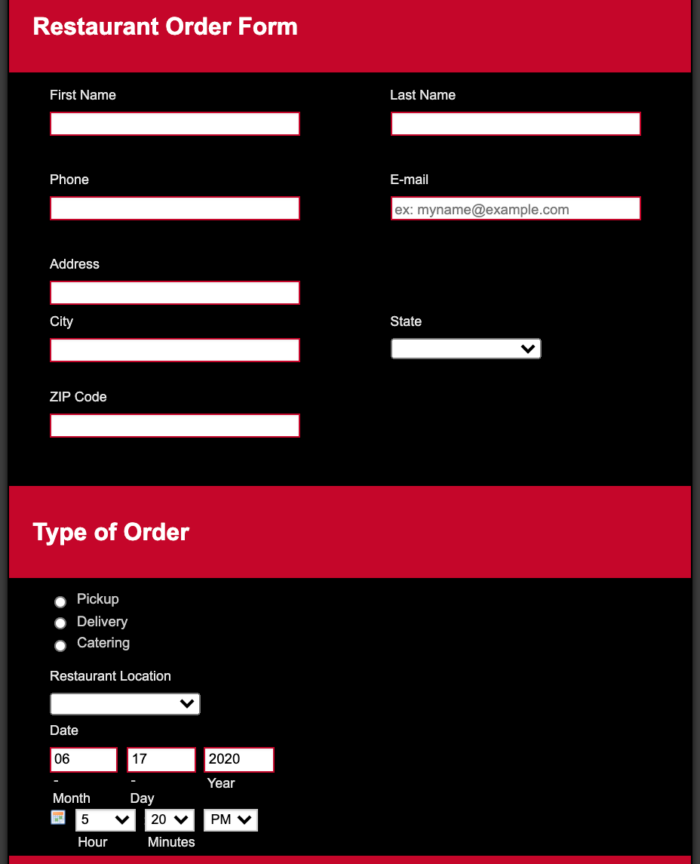
Spread links directly to restaurant sites, where people can place orders online, but Wang noted that some restaurants still don’t have an online ordering mechanism in place. In that case, his site simply lists the restaurant phone number. But he notes that online ordering is beneficial: “There’s no miscommunication around orders, and it offers better security.”
5. Market your service to your target audience
Scherzer admits they didn’t put much money toward marketing for several years. In the beginning, they focused on word-of-mouth marketing strategies, doing things like hosting farm-to-table dinners and attending relevant markets so they could explain what they do.
“We literally cooked gumbo for large groups and passed around a legal pad to get addresses [for new customers]. We also spent a lot of time meeting farmers and building relationships, doing price negotiations, and figuring out how to bundle products so we could pay each farmer what they needed to make,” she added.
To successfully market your food delivery business, consider these options:
- Social media. Engage your audience with mouth-watering photos of meals you can deliver. This is also a good way to create visibility for your company — no one can resist sharing food photos, especially if they could win a free meal by entering a photo contest.
- Website. Today, an intuitive website is essential. Your website is where your customers can order food and learn more about your company. You can also get your customers to engage with you by strategically placing marketing forms on the site, such as a newsletter opt-in form or a subscriber form.
- Flyers. Whether paper or digital, flyers are a great way to spread the word about promotions and discounts. You can also include QR codes that link back to your website.
- Surveys. Be sure to get testimonials from happy customers and periodically poll customers about their experiences to improve your service.
- Networking events. Head to where your target audience is, whether that’s food festivals or agriculture conferences. Try handing out flyers and food samples to make a lasting impression.
Wang’s advice on how to start a food delivery service: “You can validate your idea without doing much. Simply create a landing page — design a nice website and explain your angle — around whatever crazy idea you have and see how many people sign up.” That’s how he started. You can do the same.
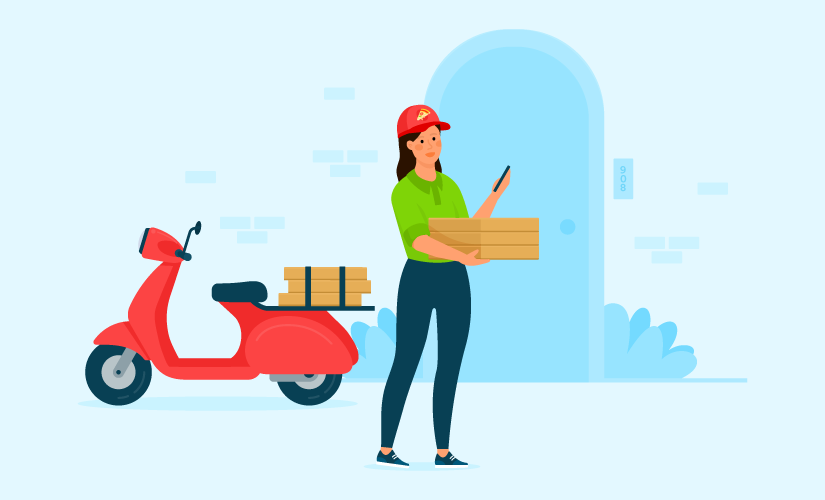
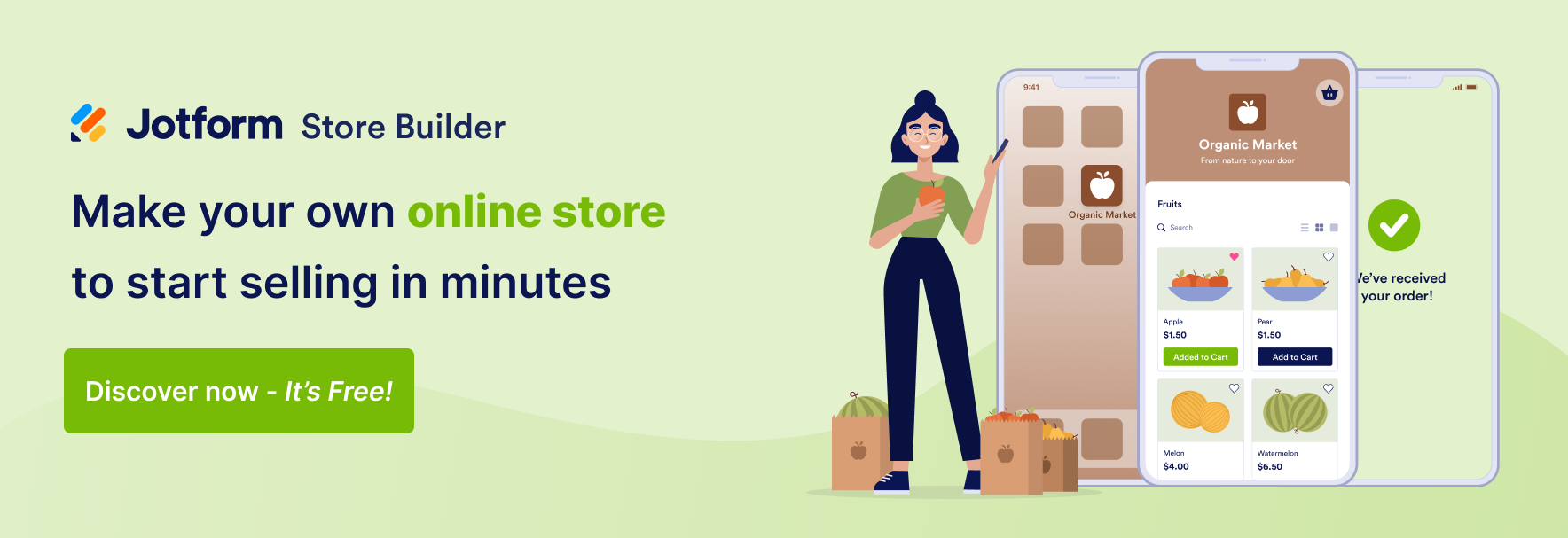



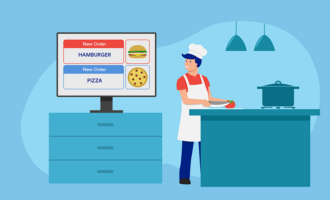

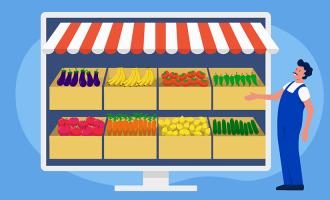
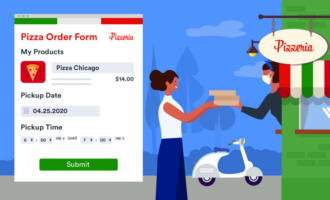
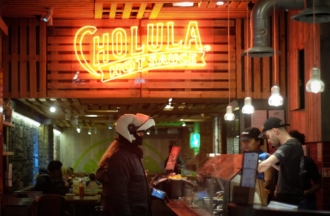

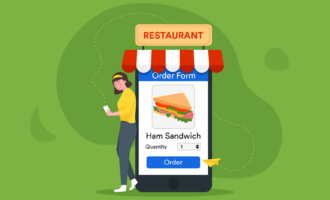
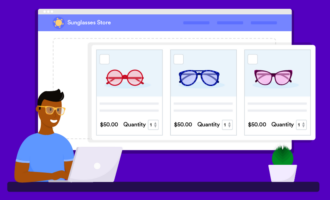


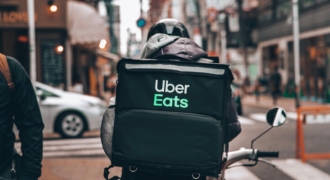





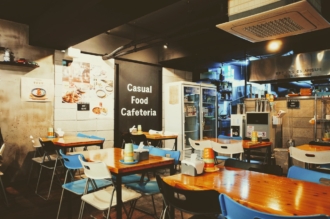
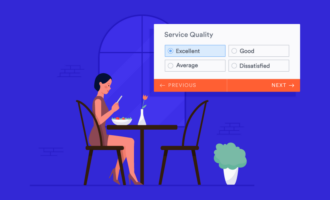
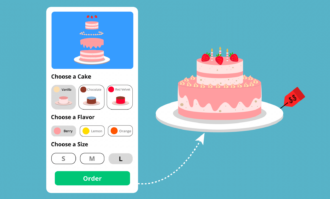







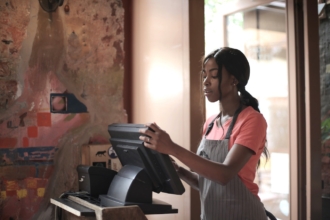

Send Comment:
12 Comments:
More than a year ago
Thanks for this blog. really amazing.
I want to list here one of the best same day food delivery service companies in India Shadowfax Technologies. Straight from your kitchen to your customer’s doorstep delivery. Speedy & low-cost food delivery service with 15% lesser than the average market price.
To know more -
More than a year ago
Thank you for sharing this post! All the point are very accurate and it will be very useful for people who ae starting there Food delivery business. If you are Looking to start a Food delivery business all the above mentioned points are very crucial.
More than a year ago
such a interesting blog how to start a meal kit delivery servicemeal kit subscription service
More than a year ago
Food delivery apps play a crucial role in attracting clients!meal kit delivery business
More than a year ago
Food delivery apps play a crucial role in attracting clients!how to start a meal kit delivery service
More than a year ago
such a interesting blog how to start a meal kit delivery service
More than a year ago
Good read, this is very helpful for every restaurant owners out there just like me. Indeed, offering a delivery service for your restaurant is very helpful to drive sales as it gives convenience to customers. Another thing that is also important is to have the best order management tool to make their ordering and delivery systems faster, accurate and more efficient.
More than a year ago
Hi There,
Nice blog, Thanks for sharing this with us.
More than a year ago
Hey bro..
Such a informative article..
In recent survey The ‘Online Food Delivery & Takeaway market’ research report is an in-depth analysis of the latest developments, market size, status, upcoming technologies, industry drivers, challenges, regulatory policies, with key company profiles and strategies of players.
The research study provides market overview, Online Food Delivery & Takeaway market definition, regional market opportunity, sales and revenue by region, manufacturing cost analysis, Industrial Chain, market effect factors analysis, market data & Graphs and Statistics, Tables, Bar &Pie Charts, and many more for business intelligence.
More than a year ago
Awesome article !! Just Fire !!! I am delighted with this really working advice. I came across employees in this field and they told me how they came to such decisions through long trial and error !! I think you will be interested in the article how to make an app like postmates or rather, one of its points at the end is a paragraph about what mistakes different startups make in the beginning and in general in their careers, there are large companies that have not grown to the official level of “not a startup”
More than a year ago
The article was exceptional! From helping us get groceries delivered at our doorsteps to killing time catching imaginary creatures, apps allow us to do them all. Sometimes it is not so easy to design and develop a food delivery app without custom knowledge that enhances your hotel business management; here you need proper development skills and experience. However, the details you mention here would be very much helpful for the beginner. Here is yet another top-notch solution provider “X-Byte Enterprise Solutions” who render feasible and credible solutions to global clients.
Know more here: How Much Does It Cost To Develop A Mobile Application Like GrubHub?
More than a year ago
Thanks for sharing this information which is very useful for us and food delivery is best option for any